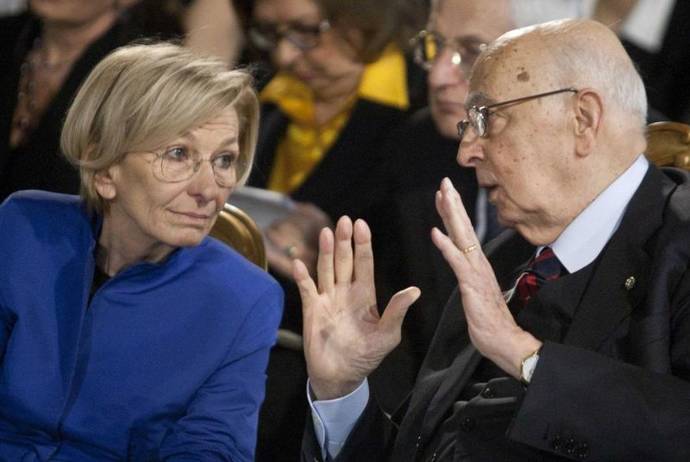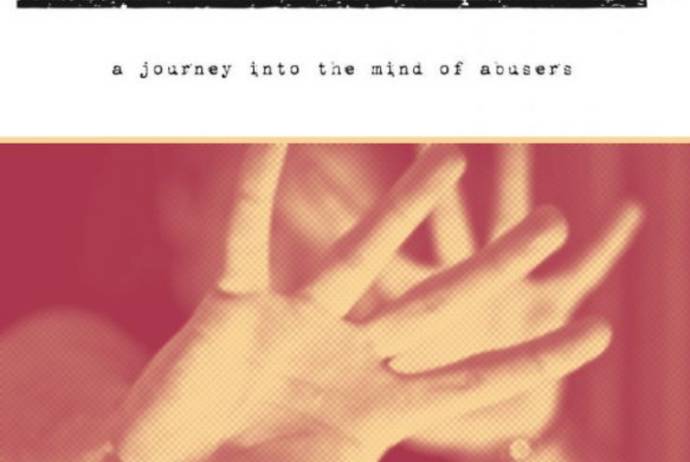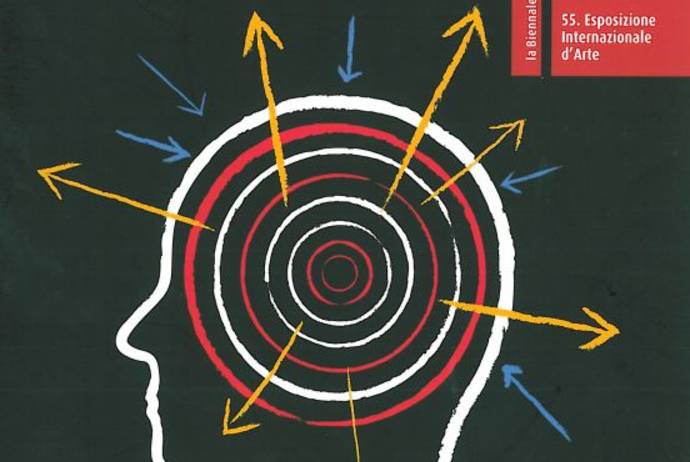Once upon a time there was Italian film. Back in the day when Italy was tackling a period of reconstruction and economic boom, film offered another way to dream and imagine a life paved with success. The 1950s and ‘60s marked a period of excellence in Italian cinema. Not only did Italian film enchant the world with its masterpieces, but it also reflected the hopes, dreams, and new prosperity perfectly embodied in La Dolce Vita and Cinecittà’s Hollywood on the Tiber.
Sixty years have passed, and the memory of these films seems to have faded, particularly considering that today’s films tend to be less concerned about quality. Fortunately, some directors still have a sound and passionate love for film, and despite the difficulties, they want to try to enhance the quality of Italian films. This is why “Open Roads: New Italian Cinema” was born.
Being the most important North American showcase of contemporary Italian cinema, Open Roads has one main mission: introducing to the American public a new generation of actors and filmmakers. “We tried to build up a various and articulate overview, not focusing on the possible themes but on the movies that we thought were interesting,” says Antonio Monda, who co-founded the festival along with Richard Peña back in 2001. Indeed, the itinerary is quite diverse.
The showcase will open with Every Blessed Day, a comedy about intimacy, love, a child’s desires and the accompanying difficulties, directed by Paolo Virzì, who already participated in Open Roads back in 2010. The festival will also examine controversial topics, such as euthanasia, which Marco Bellocchio addresses in Sleeping Beauty, and the terrorist attacks during Italy’s “Years of Lead” with Marco Tullio Giordana’s Piazza Fontana: The Italian Conspiracy. Giordana’s film reconstructs the explosions at the National Bank of Agriculture’s headquarters in 1969, which marked the beginning of a decade of terrorism and are still today surrounded by mystery.
The showcase has always promoted new filmmakers in its past seasons, and this year will not be an exception. Salvatore Mereu, after having participated in the Venice Film Festival, will present Pretty Butterflies, a film about two Sardinian teenagers’ journey of self-discovery, and Maria Sole Tognazzi will present I Travel Alone, a film reflecting upon the thin line between loneliness and freedom.
This year’s Open Roads festival also features the presence of female directors who are becoming more prominent in today’s cinema. “We are happy to see many more women directors,” Antonio Monda tells us, “because they made movies of definite quality. We did not go looking for women directors, but they made beautiful movies, so we gladly decided to have them at the showcase.”
The other three women, apart from Maria Sole Tognazzi, are Elisa Fuksas, Giovanna Taviani, and Susanna Nicchiarelli. In Nina, Fuksas explored the doubts and the uncertainty of many young people today who cannot find a stable job and establish long-lasting relationships. Giovanna Taviani, instead, follows in the footsteps of the Taviani brothers, her father and uncle, and investigates in The Rescue the life and rebirth of Salvatore Striano, the ex-prisoner of Rebibbia prison who played the role of Brutus in Taviani brothers’ Caesar Must Die.
The documentary follows the stages of his tough life from the heart of Naples to Tuscany, Taviani’s homeland, continuing through the years he spent in jail. Nicchiarelli also travels back in time with The Discovery at Dawn, which explains what may happen when destiny gives you a life-changing second chance.
Although presenting new films, Open Roads also wants to stress the beauty of handmade cinema, which is often overwhelmed by new digital technologies. This is why Handmade Cinema, directed by Guido Torlonia, inspects the everyday work of craftsmen, tailors, and painters who lend an incredible quality to films, oftentimes creating entire cities, such as in Gangs of New York, directed by Martin Scorsese and shot in Cinecittà.
“We wanted to try to put together different points of view, not choosing only dramas but also other genres. We wanted to reflect the various Italian landscapes,” said Monda, referring to the many genres included in the showcase that mix dramas and comedies to reflect different emotions, societies, and cultural aspects.
Open Roads is a wonderful chance to get closer to Italian film and explore new work that is sometimes overlooked and is just waiting to be discovered.
June 6 to June 12 - Film Society of Lincoln Center Francesca Beale Theatre (144 West 65th Street) returns with a popular festival founded by Antonio Monda and Richard Peña.
Open Roads: New Italian Cinema has been organized by The Film Society of Lincoln Center together with Istituto Luce-Cinecittà-Filmitalia and the support of Ministero per i Beni e le Attivitá Culturali (Direzione Generale per il Cinema) in collaboration with the Italian Cultural Institute of New York, Casa Italiana Zerilli-Marimó and Antonio Monda.
Below is the full list of films. To find more info >>>
June 6th
6:30pm Every Blessed Day by Paolo Virzì
9:15pm Sleeping Beauty by Marco Bellocchio
June 7th
1:15pm Sleeping Beauty by Marco Bellocchio
3:45pm Handmade Cinema by Guido Torlonia with The Rescue by Giovanna Taviani
6:00pm The First Man by Gianni Amelio
8:30pm Piazza Fontana: The Italian Conspiracy by Marco Tullio Giordana
June 8th
1:30pm The Discovery at Dawn by Susanna Nicchiarelli
4:00pm Nina by Elisa Fuksas
6:15pm I Travel Alone by Maria Sole Tognazzi
8:45pm The Face of Another by Gianni Amelio
June 9th
1:15pm The Face of Another by Gianni Amelio 3:45pm Handmade Cinema by Guido Torlonia with The Rescue by Giovanna Taviani
6:00pm Pretty Butterflies by Salvatore Mereu
8:30pm It Was The Son by Daniele Ciprì
June 10th
4:00pm The Discovery at Dawn by Susanna Nicchiarelli
6:30pm Nina by Elisa Fuksas
June 11th
4:30pm It Was The Son by Daniele Ciprì
6:30pm Beautiful Butterflies by Salvatore Mereu
9:00pm Every Blessed Day by Paolo Virzì
June 12th
4:00pm The First Man by Gianni Amelio
6:15pm Piazza Fontana: The Italian Conspiracy by Marco Tullio Giordana
9:00pm I Travel Alone by Maria Sole Tognazzi







































